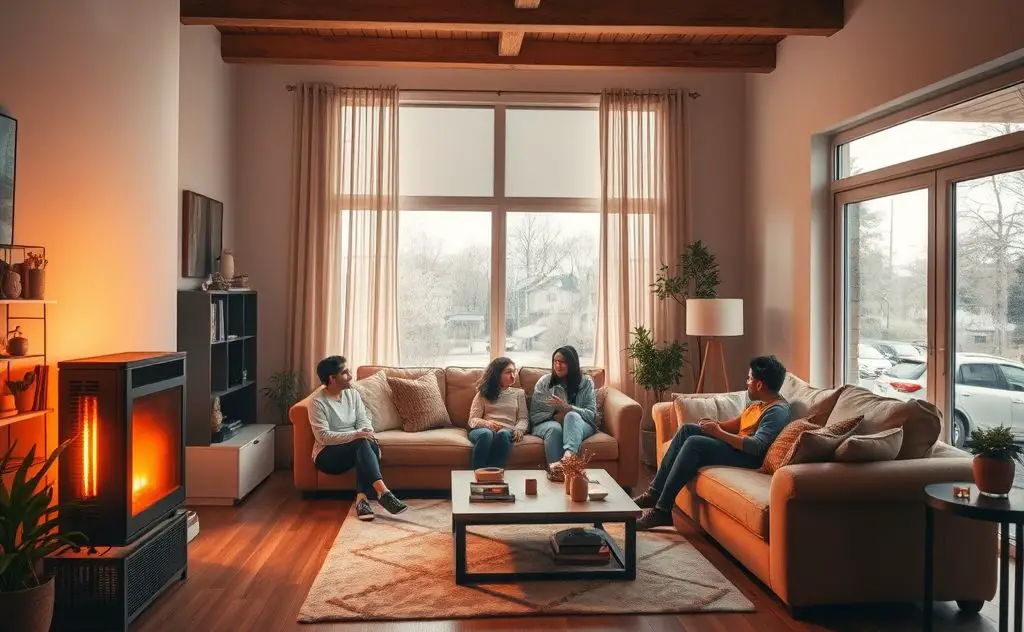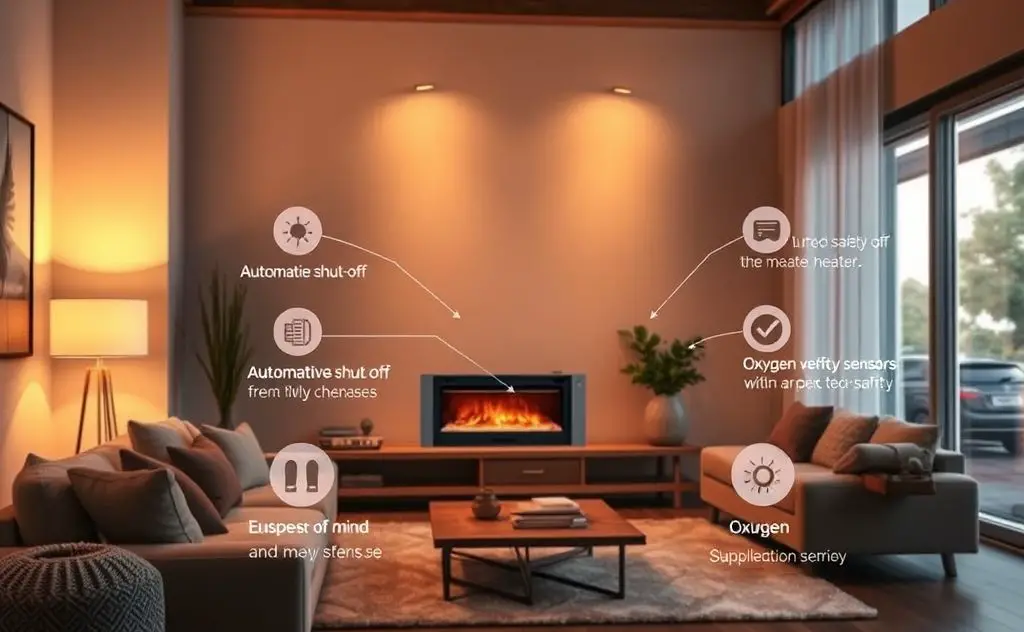Ventless gas heaters are generally considered safe when used according to manufacturer guidelines, but they require proper ventilation and regular maintenance to minimize risks such as carbon monoxide buildup and ensure indoor air quality.
Ventless gas heaters provide efficient heat without chimneys or flues, but their safety depends on proper use, maintenance, and ventilation. These units burn fuel indoors, releasing combustion byproducts like carbon dioxide, water vapor, and trace amounts of carbon monoxide directly into your living space.

How Ventless Gas Heaters Work
Unlike vented gas heaters, ventless models use room oxygen for combustion and release heat and exhaust indoors. Key components include:
- Oxygen Depletion Sensor (ODS): Shuts off heater if oxygen levels drop below 18%
- Burner assembly: Designed for 99.9% combustion efficiency
- Thermostat control: Maintains consistent room temperature
Types of Ventless Heaters
| Type | BTU Range | Best For |
|---|---|---|
| Wall-mounted | 5,000-30,000 | Permanent installation |
| Freestanding | 10,000-40,000 | Temporary supplemental heat |
| Fireplace inserts | 20,000-38,000 | Decorative heating |

Potential Safety Hazards
While modern ventless heaters include safety features, risks remain:
Indoor Air Quality Concerns
Combustion produces:
- Carbon dioxide (CO2)
- Water vapor (up to 1 gallon per hour)
- Trace amounts of carbon monoxide (CO)
- Nitrogen dioxide (NO2)
According to plumbing experts, even 99.9% combustion efficiency means 0.1% potentially harmful byproducts accumulate in your space.
Moisture Problems
The water vapor produced can lead to:
- Window condensation
- Wall and ceiling moisture damage
- Mold and mildew growth
Safety Best Practices
Follow these guidelines for safer operation:
Installation Requirements
- Maintain minimum clearance (check manufacturer specs)
- Install CO detectors in same room
- Ensure proper gas line connections
Usage Guidelines
- Always crack a window for fresh air exchange
- Limit continuous use to 4 hours maximum
- Never use while sleeping or unattended
- Clean burner assembly annually
When to Choose a Vented Alternative
Consider vented gas heaters if:
- You need whole-house heating
- Household members have respiratory issues
- You live in a tightly sealed, energy-efficient home
For those considering propane options, understand the risks of propane heater fumes before deciding.
Regulatory Status
Ventless heater regulations vary:
- Banned in California and some Canadian provinces
- Allowed with restrictions in most U.S. states
- Require ODS sensors since 1980
As noted by heating professionals, these heaters should only be used as temporary supplemental heat sources with proper ventilation.
Maintenance Checklist
Keep your ventless heater operating safely:
- Monthly: Check flame color (should be blue with yellow tips)
- Quarterly: Clean burner ports with compressed air
- Annually: Professional inspection of gas connections and ODS
- As needed: Replace CO detector batteries
